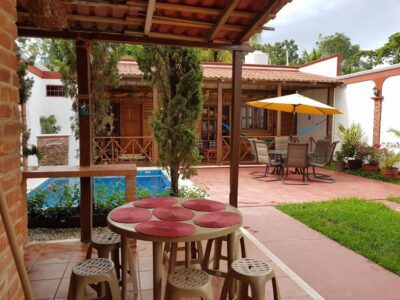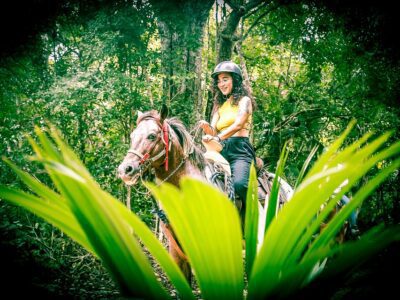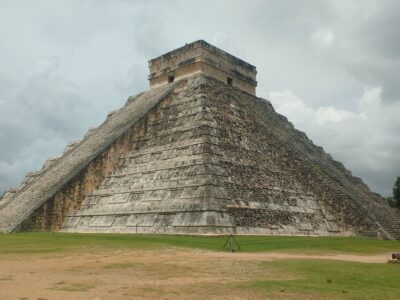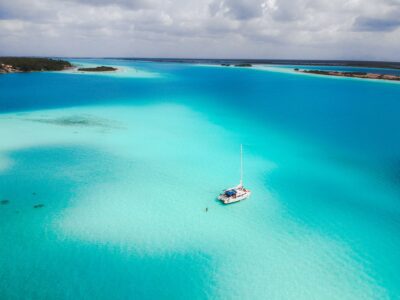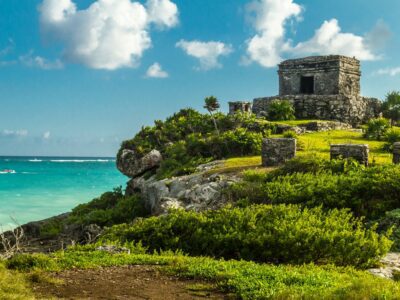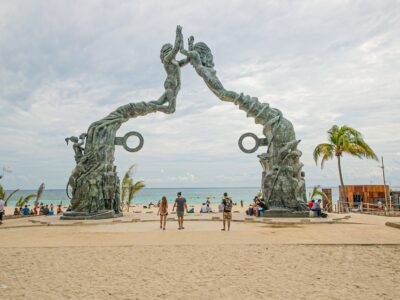A group of young archaeologists have made a surprising discovery in the jungle of Campeche: an ancient Mayan city hidden under dense vegetation.
Using LiDAR technology, which can detect structures under foliage, researchers identified more than 6,000 structures, including pyramids and plazas, in a city they have named “Valeriana.”
This discovery is significant not only because of the size of the city, which is estimated to have housed between 30,000 and 50,000 people at its peak but also because of the implications it has for understanding Mayan civilization.
LiDAR (Laser Imaging Detection and Ranging) technology has revolutionized archaeology, allowing the discovery of sites that were previously inaccessible due to dense vegetation cover.
The team of archaeologists made up mostly of young researchers, has worked in collaboration with national and international institutions to analyze the data and plan future excavations.
This discovery not only highlights the rich cultural heritage of Campeche but also highlights the importance of modern technology in archaeological exploration.
In short, the discovery of the Mayan city of Valeriana in Campeche is a testament to the ingenuity and dedication of young archaeologists.
The find promises to provide valuable information about the life and organization of the ancient Maya and underscores the importance of continuing to explore and preserve our cultural heritage.
According to a study published in the journal Antiquity, more than 6,600 structures are located near modern settlements, and it may be the leading Mayan archaeological site by number of structures after Calakmul.
Campeche is home to several impressive archaeological sites that reflect the rich history and culture of the Mayan civilization.

IMAGE: WILD BLUE MEDIA/NATIONAL GEOGRAPHIC
What are the most important archaeological sites in Campeche?
Calakmul: This is one of the largest and most powerful Mayan cities, located in the Calakmul Biosphere Reserve. It is known for its massive pyramids and vast expanse of ruins.
Edzná: One of the oldest archaeological sites in Campeche, famous for its impressive five-story temple and canal system that showcases the advanced hydraulic knowledge of the Maya.
Xpuhil: Noted for its unique architectural structures, especially the Three Towers building, which is a notable example of the Rio Bec style.
Becán: This site is known for its defensive moat, one of the few examples of fortifications in Maya architecture. Becán was an important ceremonial and administrative center.
Chicanná: Famous for its elaborate facades decorated with masks of Maya deities, Chicanná is a site that showcases the artistic wealth of the region.

Hormiguero: This site is known for its impressive structures and its devotion to the rain god, Chaac.
Balamkú: Known as the “House of the Jaguar,” it stands out for its well-preserved friezes and sculptures.
These archaeological sites not only offer a window into the glorious past of the Maya but are also fascinating destinations for history and archaeology lovers.
TYT Newsroom
The post Local students find a hidden ancient Mayan city in Campeche first appeared on The Yucatan Times.



